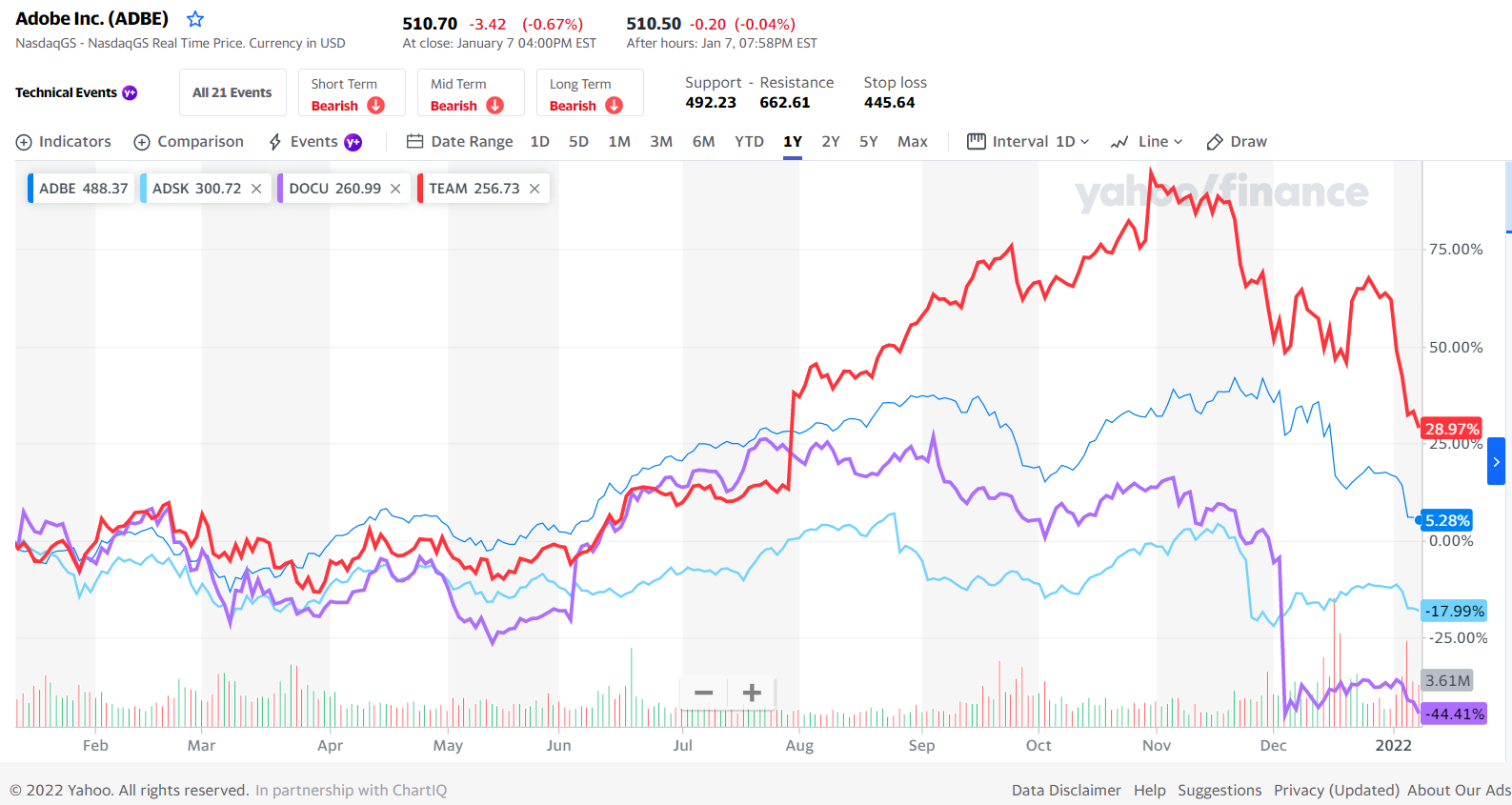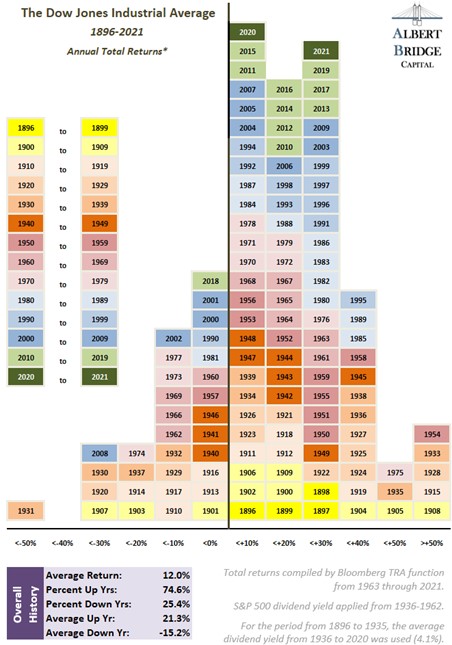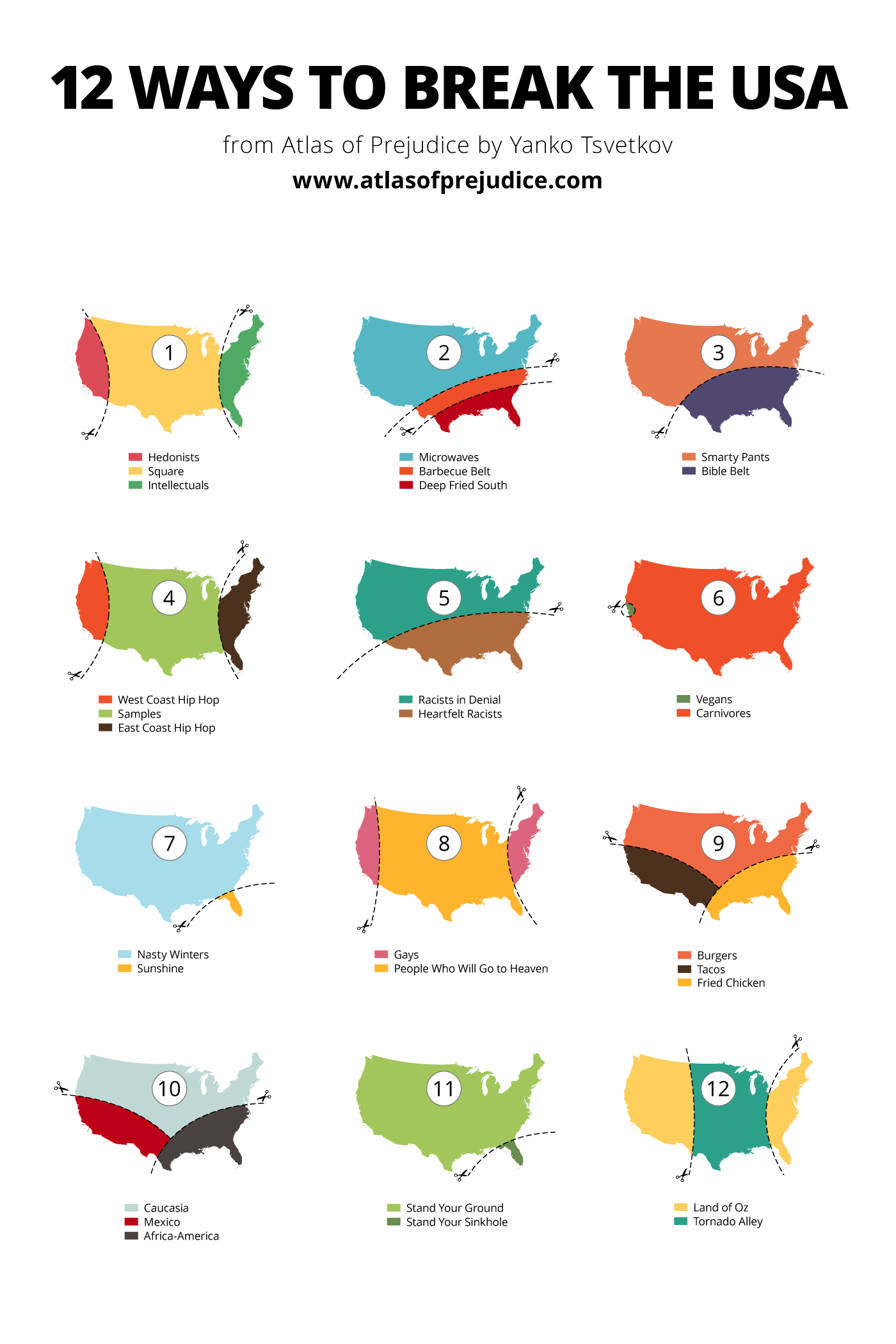“Brazil, Land of the Future and always will be!” – Charles de Gaulle
Brazil used to be one of the best emerging markets a few years ago. As one of the BRIC countries Brazil had everything going it relative to others. But then politics and other factors turned Brazil one of the basket cases – at least from the standpoint of international investors. Brazil seems be one of those countries that is always emerging and never able to get to the next level. Maybe Brazil is destined to suffer from the natural resource curse just like some nations are cursed by the abundance of oil.
Last year Brazil was one of the worst emerging markets. The Bovespa index had a negative return of about 12% on price only basis. The MSCI total return for Brazil was down by 17% for 2021 and 19% loss in 2020. So two years in a row Brazil let down investors.
With that said as I looking into Brazilian ADRs, one thing stood out. Among the 23 or so stocks trading on the US exchanges, just 6 are trading above $10 a piece. Rest of going for under $10 with many selling for under $5. This is indeed shocking. For instance two of the largest private sector banks – Banco Bradesco(BBD) and Itau Unibanco (ITUB) – closed at $3.57 and $3.98 per share last Friday. The following table shows the closing prices of exchange-listed Brazilian ADRs:
| S.No. | ADR Name | Ticker | End price on Jan 7, 2022 | Year-To-Date % Change as of Jan 7, 2022 | Industry |
|---|---|---|---|---|---|
| 1 | AMBEV S.A | ABEV | $2.59 | -7.50% | Beverages |
| 2 | Azul | AZUL | $12.80 | -3.03% | Travel & Leisure |
| 3 | Banco Bradesco | BBD | $3.57 | 4.39% | Banks |
| 4 | Banco Santander Brasil | BSBR | $5.56 | 3.54% | Banks |
| 5 | BrasilAgro | LND | $5.10 | -5.56% | Real Estate Inv&Serv |
| 6 | Braskem | BAK | $18.70 | -11.33% | Chemicals |
| 7 | BRF S.A. | BRFS | $4.24 | 3.67% | Food Producers |
| 8 | Centrais Eletricas Brasileiras | EBR | $5.39 | -11.49% | Electricity |
| 9 | Companhia Brasileira de Distribuica | CBD | $3.40 | -14.79% | Food &Drug Retailers |
| 10 | Companhia Energetica de Minas Gerais-CEMIG | CIG | $2.20 | -9.47% | Electricity |
| 11 | Companhia Paranaense de Energia-COPEL | ELP | $5.26 | -6.57% | Electricity |
| 12 | Companhia Siderurgica Nacional-CSN | SID | $4.25 | -4.28% | Indust.Metals&Mining |
| 13 | Embraer | ERJ | $17.03 | -4.06% | Aerospace & Defense |
| 14 | Gerdau | GGB | $4.87 | -1.02% | Indust.Metals&Mining |
| 15 | Getnet Adquirencia e Servicos para Meios de Pagamentos S.A. | GET | $1.35 | -3.57% | Financial Services |
| 16 | Gol Linhas | GOL | $5.67 | -6.28% | Travel & Leisure |
| 17 | Itau Unibanco | ITUB | $3.98 | 6.13% | Banks |
| 18 | Natura & Co Holding | NTCO | $7.84 | -15.43% | Personal Goods |
| 19 | Petroleo Brasileiro-Petrobras | PBR | $11.01 | 0.27% | Oil & Gas Producers |
| 20 | SABESP | SBS | $6.34 | -13.62% | Gas,H20&Multiutility |
| 21 | Suzano S.A. | SUZ | $10.54 | -2.41% | Forestry & Paper |
| 22 | Ultrapar | UGP | $2.36 | -10.61% | Gas,H20&Multiutility |
| 23 | Vale | VALE | $14.81 | 5.63% | Indust.Metals&Mining |
Source: BNY Mellon
Disclosure: Long BBD, ITUB and PBR


